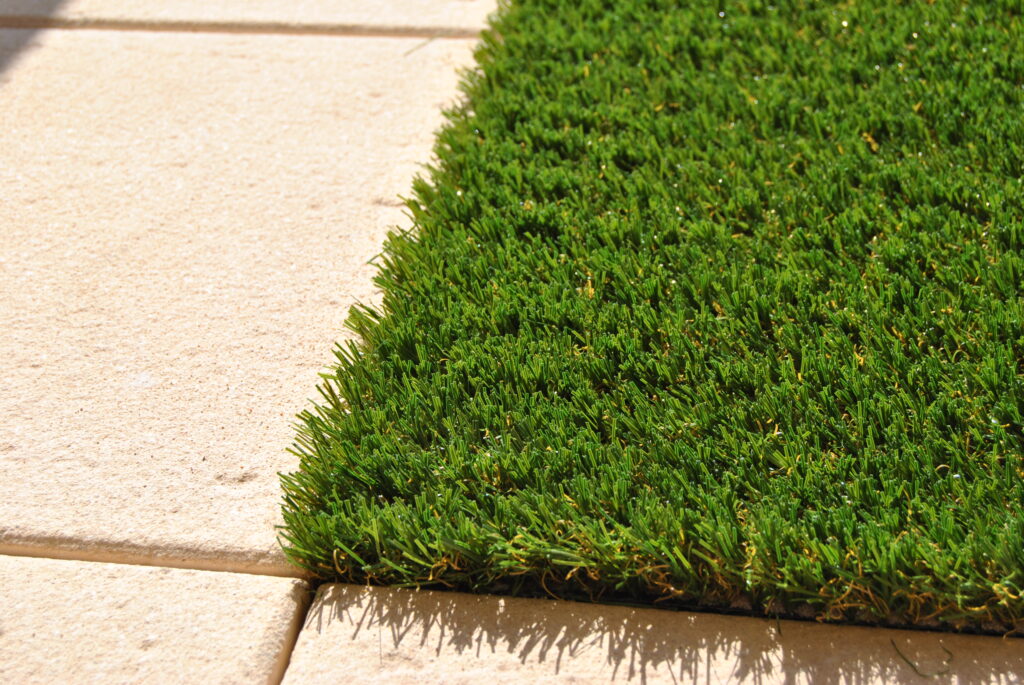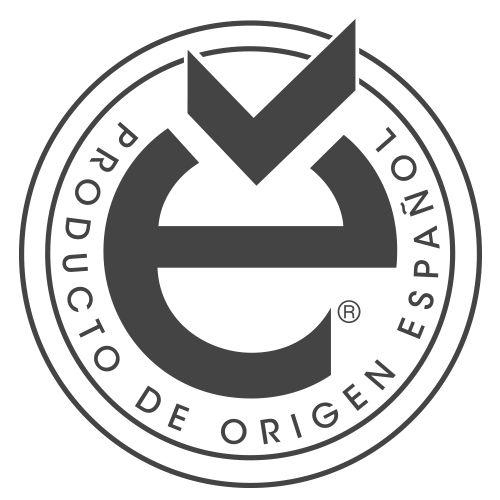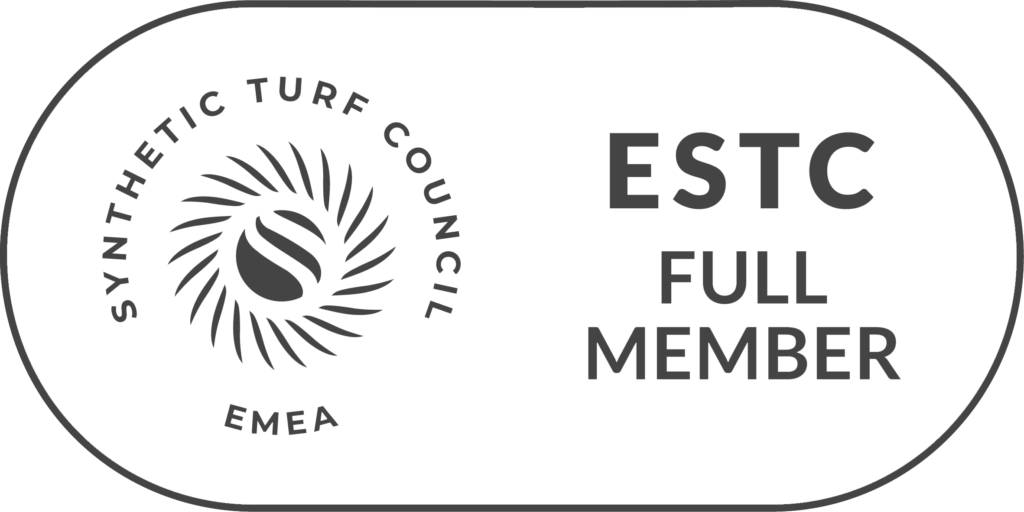Artificial Grass Edging: How to Install it and Benefits for Your Outdoor Space
The artificial turf edging is a fundamental part of synthetic turf installation, as it not only ensures a neat and tidy finish, but also helps to keep the turf in place and protect the edges from wear and tear or slipping. This finishing element not only serves an aesthetic purpose, but also a functional one, ensuring that your artificial turf stays in perfect condition for longer.
What is it?
The artificial turf border is a strip or outline that is placed around the lawn to give it a professional and neat finish. These borders can be made of different materials, such as rubber, plastic, metal or wood, depending on the style and needs of the space. Besides fulfilling an aesthetic function, they also help to fix the edges of the artificial turf, preventing them from slipping or lifting over time.
Benefits of artificial turf edging
- Aesthetic and Professional Finish: Artificial grass borders help to clearly define lawn areas, giving them a neat and well finished appearance. They also contribute to a more attractive and polished design, especially in gardens, patios and decorative lawn areas.
- Slip Prevention: Act as a barrier to prevent artificial turf from shifting or lifting, which is especially important in high traffic areas or on sloping ground. This keeps the turf securely fixed and safe.
- Increased Durability: Specialized edges help prevent premature material wear, such as fraying or tearing, which can occur when edges are not well protected.
- Easy Maintenance: The borders prevent the artificial turf from slipping out of place, which facilitates the maintenance of the space. They also prevent weeds from entering or soil or gravel from overflowing, reducing maintenance work in the long run.
- Protection against External Elements: To protect against possible impact damage, such as that caused by the use of gardening machinery, cutting tools or the constant passage of people.
Types of artificial turf edging
There are several types of artificial turf edging, and the choice of one or the other will depend on factors such as design, use and available budget. Here are some of the most common ones:
- Rubber Edging: Rubber edging is a flexible and durable option, ideal for gardens and outdoor spaces. They are wear and water resistant, making them a popular choice for artificial turf areas that are exposed to variable weather conditions.
- Plastic Edging: Plastic edging is easy to install and maintain. They are lightweight, strong and economical, making them an ideal choice for low-cost projects or residential areas.
- Metal Edges: For a sleeker, more modern finish, metal edges, such as galvanized steel or aluminum, are ideal. These edges are very strong and provide a crisp, professional line, as well as being very durable.
- Wood Edging: Wood edging offers a natural, rustic touch to artificial turf, making it ideal for gardens with a more organic style. However, they require more regular maintenance than other materials to prevent wear and decay.
How to install artificial turf borders?
The installation of artificial turf edging is relatively simple, but it is important to follow certain steps to ensure that it is done properly:
- Preparing the area: Before installing the borders, make sure the ground is level and free of debris or roots that could damage the artificial turf.
- Edge placement: Depending on the chosen material, the edges can be nailed, screwed or snapped in place. Make sure the edges are aligned and securely fastened around the artificial turf.
- Fastening: Once the borders are installed, the artificial turf is fastened in place using nails, staples or special adhesives. This ensures that the turf will not slip or move over time.
- Finishing: For a clean, professional finish, make sure the turf is tight to the edging and there is no gap between the turf and the edging material.
When is it necessary to place borders on artificial turf?
Edges are necessary in almost all installations, but especially in the following situations:
- High traffic areas: In areas where the artificial turf will be subjected to heavy use, such as public gardens, playgrounds or sports fields, the edging helps to maintain stability and prevent slippage of the turf.
- Installations on sloping terrain: If your garden or outdoor space has slopes or unevenness, edging is essential to prevent the turf from shifting or deforming.
- Decorative areas: In designer gardens or patios that require a neat aesthetic appearance, edging is essential to achieve a polished and professional finish.
Conclusion
The artificial turf edging is not only essential to provide an attractive and neat visual finish, but also plays an important role in the stability and durability of the turf. By choosing the right one and installing it correctly, you will ensure that your artificial turf stays in perfect condition for years to come, with less maintenance and better protection against wear and tear.












